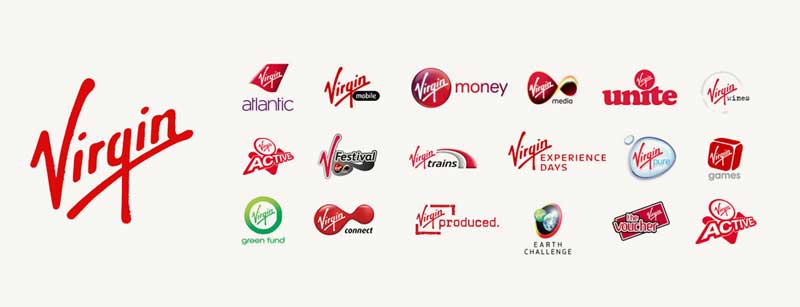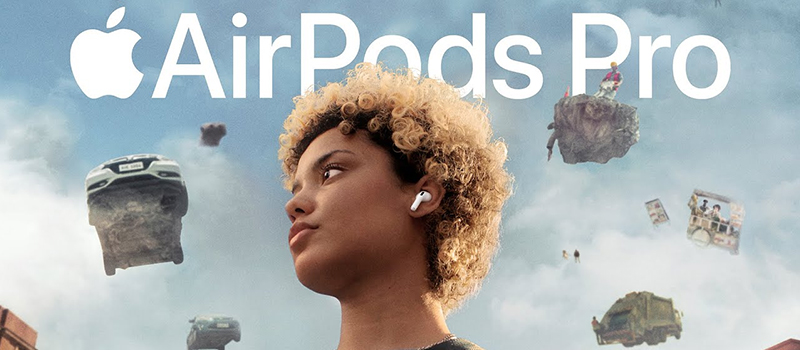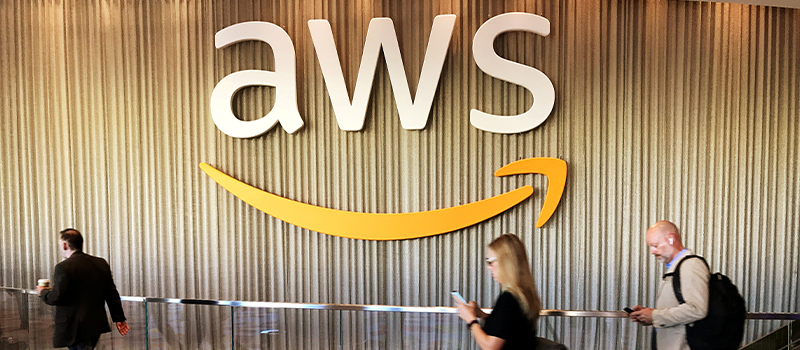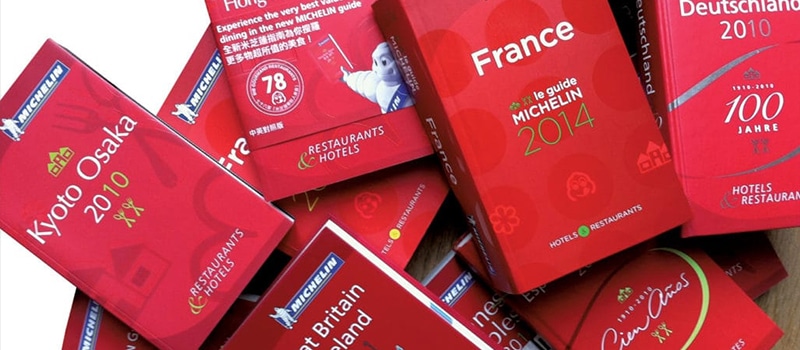Want to discover the best brand extension examples in the market today? This article has you covered.
Dwayne "The Rock" Johnson, was originally known for body slamming pro wrestlers at WWE, but his venture in acting (a classic example of brand extension) elevated his profile, extended his reach and grew his reputation as an entertainer and a brand.
Just like "The Rock", businesses often extend their brands across industries bringing their expertise to new markets and audiences.
This is known as a brand extension strategy, where brands use their reputation to grow revenues across markets.
Nike extending from track and field to football is another brand extension example.
In this article, you’ll discover some of the best brand extension examples from around the world.
What is Brand Extension?

Brand extension is the practice where a brand capitalizes on its established brand equity by launching new products under the same brand name in different product categories.
Essentially, it’s when a trusted company ventures into a new domain, banking on its existing credibility to win over customers.
Why The Brand Extension Strategy Is Important For Brands

Ultimately it’s about brand growth across markets.
The significance of a brand extension strategy lies in its potential to expand a brand's reach while cementing customer loyalty.
It's an approach that enables brands to showcase their versatility and offer more value to their customers.
Beyond just enhancing the brand's portfolio, it positions the brand as a dynamic player in the competitive market and often ruffles the feathers of the existing players.
PRO Brand Strategy BluePrint
Build Brands Like A Pro Brand Strategist

Real-World Brand Extension Examples
Dyson

Known for their innovative, technology-led vacuum cleaners, Dyson has successfully extended its brand into the realm of hair care with their Dyson hair dryer.
This move has allowed Dyson to leverage its reputation for forward-thinking and high-quality products into a new industry.
By associating their brand with efficiency and innovation, Dyson's extension into hair dryers was a strategic step that played on the company's established authority in producing advanced, reliable technology.
Hootsuite

Hootsuite, a market leader in social media management software, has expanded its offerings to include
Hootsuite Social Advertising,
Hootsuite Insights, and
Hootsuite Academy.
Particularly notable is the Hootsuite Academy, an online education platform offering courses on social media marketing and training on the Hootsuite platform itself.
This extension not only positions Hootsuite as subject matter experts but also offers tangible value to customers in the form of social media certifications.
Over 450,000 students have been trained, and the academy has integrated its courseware into over 800 universities worldwide.
This brand extension strategy has resulted in increased customer loyalty, reduced churn, and a growing number of active brand advocates.
Virgin

Virgin is a stellar illustration of brand extension done right.
Starting as a record store in the 1970s, Virgin has audaciously expanded into vastly different industries with the creation of
Virgin Atlantic in airlines,
Virgin Mobile in telecommunications, and even
Virgin Galactic in space exploration.
Despite the diversity of these sectors, Virgin has maintained a consistent image of innovation and customer-centric values across its brand extensions.
By staying true to its core identity and capitalizing on its established reputation, Virgin showcases the strength of a well-founded brand in breaking new ground and captivating varied markets1.
These examples showcase how brands can step into new territories or product categories while maintaining a coherent brand image and leveraging their existing reputation to attract and retain customers.
What Is The Brand Extention Strategy?

Brand extension harnesses an established brand's equity to introduce new products.
It's not merely about diversification; it's about strategic alignment with consumer expectations and market trends.
This approach is deeply relevant to branding because it amplifies the brand's core message across new channels and offerings, strengthening its position and potentially leading to a more robust customer connection.
How Brand Extension, Strength and Growth

Brand extensions reflect a brand’s strength by demonstrating the company’s confidence in its equity to support new products.
A successful brand extension relies on the brand's adaptability—it must seamlessly integrate new products into the existing portfolio without confusing the consumer.
It’s about finding synergy between what the brand already owns in the consumer's mind and the new experience it aims to deliver.
Explore Brand Strategy
Programs & Tools
Types Of Brand Extentions And Structures
Brand Line Extension

Brand line extensions allow a company to introduce new varieties or flavors, sizes, or forms of an existing product category.
It capitalizes on the existing brand name and consumer familiarity to increase choice within the same product line, often leading to enhanced shelf presence and market dominance.
Company Expertise Extension

This type of extension takes the brand into new territories, utilizing the credibility established in one area to support entry into a related market.
It's a strategic move that hinges on consumer trust, convincing them that the brand's expertise in one area will translate into another,
Thereby ensuring quality and reliability.
Take Google, for example. Known for its search engine, it ventured into creating the Android OS.
This move used Google's tech savvy to enter the mobile world, smartly expanding its software expertise.
Customer Base Extension

Extending into new customer segments involves understanding and targeting different demographics or psychographics that may not have been the focus of the original product.
This could mean adapting or reimagining products to suit different age groups, lifestyles, or usage scenarios, broadening the brand’s appeal and market reach.
LEGO went beyond plastic bricks by diving into video games and apps.
This wasn't just for kids – adults and gamers got hooked too. It was a clever way to attract a wider audience while keeping that classic LEGO charm.
Complementary Product Extension

Brands that develop products designed to be used in conjunction with their existing offerings create a more integrated user experience.
Think about Apple and its AirPods. They already had iPhones and Macs, and then boom – wireless earbuds!
It was a smart add-on, making their tech ecosystem even more appealing and user-friendly.
Company Authority Extension

When a brand has established itself as an authority in a particular domain, it can leverage this position to branch out into products or services that are perceived as a natural progression.
Amazon is another cool example.
Starting with books and then dominating e-commerce, they jumped into cloud computing with AWS.
It's a big leap from retail to tech, but they nailed it, becoming a cloud powerhouse.
Brand Lifestyle Extension

Lifestyle extensions are particularly powerful as they tap into the emotional and aspirational aspects of consumer behavior.
They extend a brand into areas that resonate with the lifestyle that the brand promotes or is associated with, such as an athletic brand launching a line of health foods.
Nike's move into fitness apps like Nike Training Club and Nike Run Club is spot on.
They’re not just about shoes and clothes anymore; now they're a part of your daily workout. It’s a perfect fit, aligning their products with a fitness-focused lifestyle.
Brand Extention Strategy Benefits
Greater Brand Visibility

When a brand ventures into new product categories, it inherently increases its visibility and reach.
This can attract attention from consumers who may not have been exposed to the brand's core offerings, thereby increasing the brand's overall recognition and market presence.
A Larger Operating Market

Brand extensions provide an opportunity for a brand to operate beyond its original scope, which can lead to a diversification of revenue streams.
With more products in the market, the brand can tap into new customer needs and preferences, potentially increasing its market share.
Customer Loyalty and Willingness to Pay More

Customers who have a positive association with a brand are more likely to try new products from the same brand.
This loyalty can translate into a willingness to pay a premium for the new offerings, based on the established trust and perceived value of the brand.
3 Key Principles For A Successful Brand Extension

A Strong Brand Image
A well-established and positive brand image is a critical asset when extending a brand. It provides a solid foundation for the new product and can make the difference between acceptance and rejection in the market.
Market Research Understanding
the new market landscape through thorough research is crucial to identify opportunities and risks. It informs the strategy and helps tailor the new product to meet the identified needs effectively.
Choosing the Right Brand Extension Strategy
The selected brand extension strategy must be coherent with the brand’s core identity and equity. It should enhance the brand's value proposition and resonate with both existing and potential customers.
How To Measure Brand Extension Success

The success of a brand extension can be measured by the sales and market share of the new product, but also by qualitative measures such as brand health.
This includes tracking changes in brand awareness, brand equity, and customer loyalty post-extension.
Analyzing Brand Extension Example Wins And Fails
Food Network's Kitchen Items

Food Network, well-known for its culinary content, smartly branched into kitchenware.
By doing so, they've offered tangible products that align with the brand's image of home cooking excellence.
Fans can now not only watch their favorite chefs but also bring a piece of the culinary expertise into their homes.
This move demonstrates a keen understanding of brand loyalty and audience engagement, turning viewers into consumers.
Colgate's Toothbrush

Colgate, synonymous with oral hygiene, extended its toothpaste dominance by offering toothbrushes.
This extension feels natural to consumers; it’s a logical step from a paste to the brush.
The synergy between these products enhances the consumer's daily routine, strengthening the overall brand experience.
Michelin’s Venture into Travel Guides

Michelin is a fascinating case of brand extension.
Known initially for tires, the company created travel guides to increase the demand for automobiles—and thus, tires.
This strategic move not only boosted their tire business but also established Michelin as a trusted source for travel and dining recommendations, showcasing the power of a well-planned brand extension strategy that provides value beyond the core product.
Brand Extensions Fails

Not every brand extension hits the mark. Colgate’s attempt to extend their brand from oral care to food with kitchen entrees is a classic mismatch.
The brand's strong association with toothpaste made the idea of Colgate-branded food unappetizing to many consumers, illustrating the importance of alignment between the brand image and the new product category.
Analysis of What Worked and What Didn’t

It’s clear from these examples that the most successful brand extensions are those that maintain a logical connection with the core brand.
The Food Network and Colgate toothbrushes reflect an intuitive fit, seamlessly integrating with the brand's existing products and ethos.
On the flip side, Colgate's kitchen entrees lacked coherence with their brand image, disrupting the consumer's established perception and trust.
Over To You
Brand extensions can be a powerful tool for growth and market expansion.
They allow businesses to explore new territories while leveraging their established brand name and loyalty.
However, success in brand extension requires a strategic approach that is mindful of the brand's core identity and the needs of the consumer.
It's about finding the right balance between innovation and the existing brand promise.
Ultimately, the best brand extensions feel like a natural evolution of the brand, offering new value to the consumer while maintaining the trust and integrity of the original brand.
FAQs
1. What is a brand extension?
A brand extension is when a company introduces a new product under an existing brand name, branching into a different product category or market segment.
2. Why do companies use brand extension strategies?
Companies use brand extension strategies to capitalize on their existing brand equity, expand their market presence, and offer new products to their customer base.
3. What are the risks of brand extension?
Risks include diluting the brand, confusing consumers, and potentially damaging the original brand's perception if the new product fails.
4. How can a brand extension benefit my business?
A successful brand extension can increase brand visibility, introduce your business to new markets, and reinforce customer loyalty.
5. What makes a brand extension successful?
A successful brand extension maintains a logical connection with the core brand values, meets market needs, and resonates with both current and new customers.






